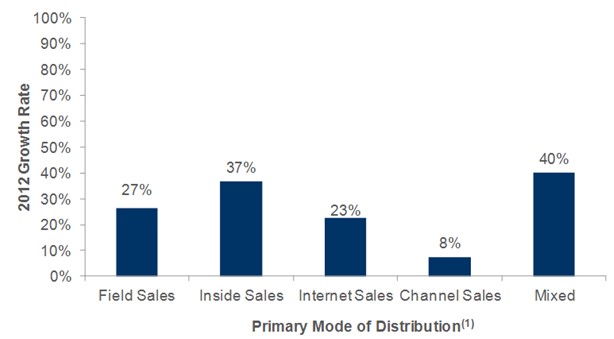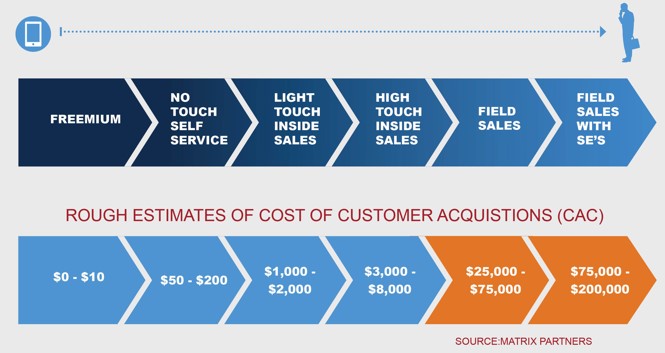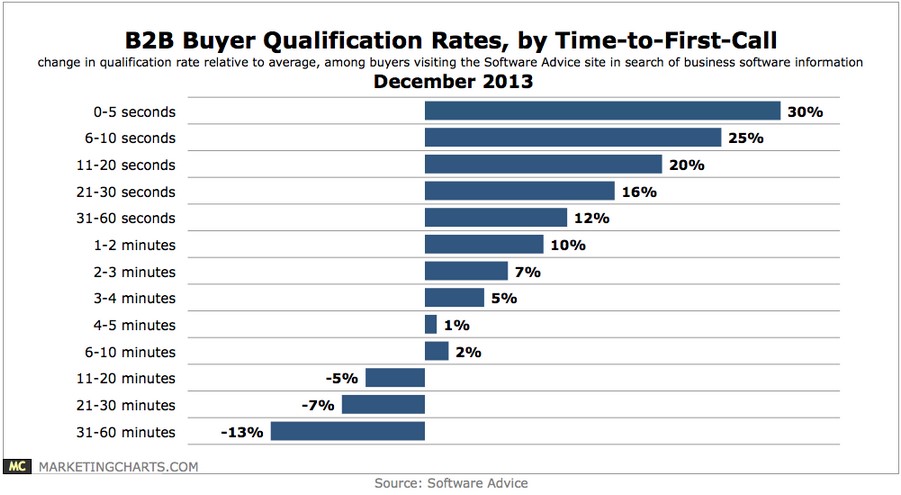Leading a large sales organization is becoming more challenging each year. Your market and buyers are changing rapidly. It seems like things used to change every couple years. Now, they change every couple months.
Buyers you’ve sold to for years may soon be gone. Their jobs have become obsolete with technology. One day, they are there buying. Next day? Gone. Your reps throw their hands up. “What do you expect me to do,” they ask.
With all of these changes, it complicates how you organize your sales resources. Perhaps you’ve tried putting more (or different) feet on the street. You’ve done things like:
- Adding new logo hunters
- Hiring people with industry experience
- Hiring people with product expertise
In the end, it’s not working. It takes too long to hire them. It takes too long to make them productive. It doesn’t make an impact on the in-year number.
Maybe it’s time to re-think how you’re organized. But how? In what way? You’re wondering if your competitors are re-organizing to respond to these changes.
The answer is “yes,” but many aren’t putting more feet on the street. They are putting more feet in the building. Their own buildings. In the form of inside sales.
Get a jump on this by downloading the Inside Sales Sniff Test. It has 5 critical questions to ask your customers about what they want. It will help determine if you should consider inside sales.
5 Reasons to Consider Inside Sales
- Market Growth – The role of inside sales has grown steadily over the past 5 years. A 2012 Pacific Crest SaaS survey shows most growth is coming from inside sales. We are seeing this more and more across all industries, not just SaaS. Your market is shifting. So should you.

- Customer Acquisition Cost (CAC) – The cost to acquire customers is a huge focus of B2B companies and investors. The below image is from Matrix Partners. Notice field sales isn’t recommended until you hit a $25K CAC. Using expensive field resources drives up CAC and extends your time to break-even cost. It’s a fact: Inside sales costs less and reduces CAC.

- Speed – Coupled with CAC is time to respond to active demand. That is, leads and customers actively looking for solutions like yours. Marketing is working harder (ie spending more) to compete for your buyer’s attention. Yet, field sales often ignores these leads. A December, 2013 study by marketingcharts.com proves the need for speed. Your chances of qualifying a lead increase by 30% if contacted within 5 seconds. Wait > 30 minutes and you are 13% less likely to qualify a new lead.

- Changing Buyer – Your buyers want to engage with field sales reps less and less. They don’t have time. Many buyers are on the road constantly. Or, there are multiple buyers in various locations. Recent SBI research reveals customers increasingly prefer to buy virtually. Technology and buyer location enables this. Companies are embracing these changes with inside sales.

- New Hire Ramp-to-Productivity – New hire ramp is becoming more challenging. Reps are hired, put on an island and expected to produce. Ramp time is taking closer to 2 years when it should be less than 1. Managers don’t have time to spend with their reps. Enablement in a decentralized field breaks down.
Centralized inside sales increases field adoption and execution. You have a captive audience. Training, process improvement and enablement can be done daily, if needed. Ramp-to-productivity is shortened, getting you results faster from new hires.
What to Do Now
50% of solving a problem is defining it correctly. If you’re seeing some of these signs, it warrants further investigation. Start by downloading the Inside Sales Sniff Test. The customer is the #1 indicator of a market shift. You should start with them before thinking about re-organizing. This should take you about 3 weeks.
If the Sniff Test validates your assumptions, you’ve now defined the problem. If your competition has already done this, you have catching up to do. Stay tuned for my next post on how to think through inside sales options.





Ryan, really good article with some new perspectives on what many of us have intuitively known for years. I like your CAC chart.. have not seen that presented that way. Good job representing our great profession!